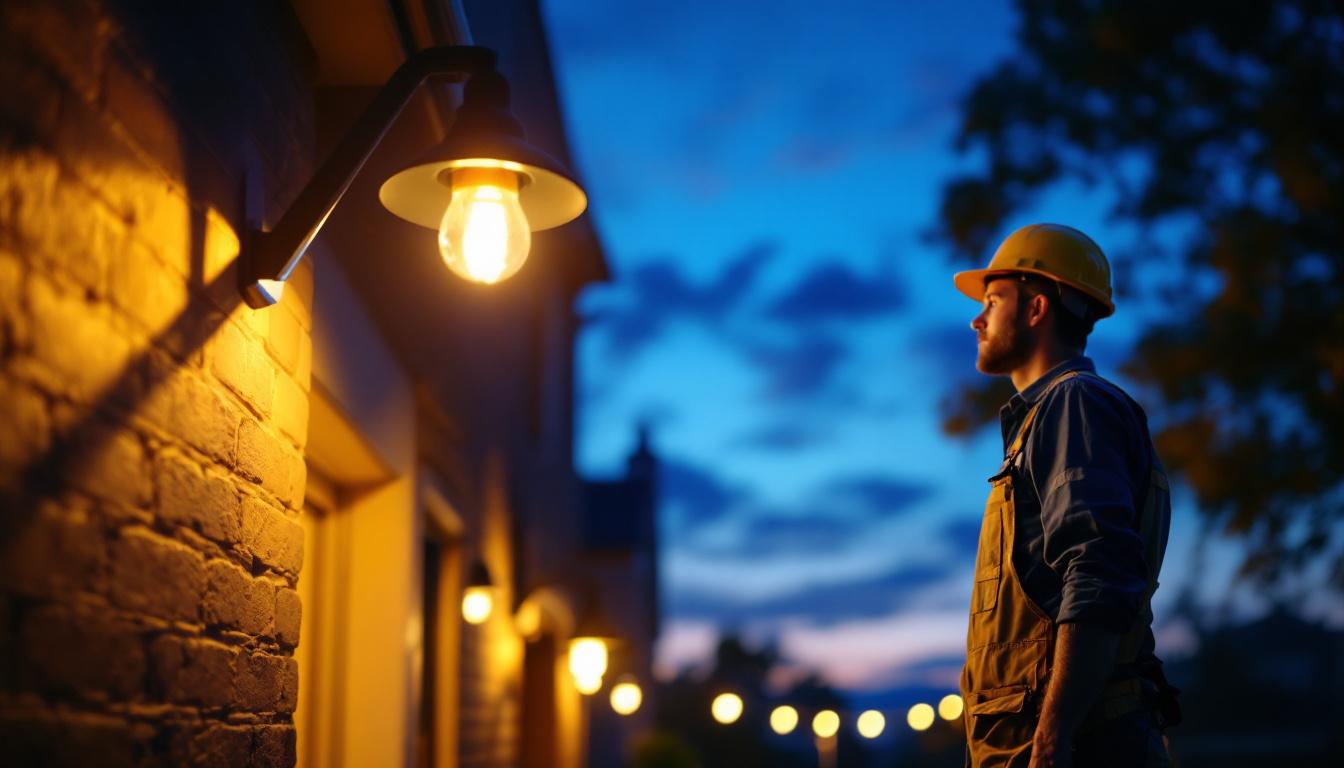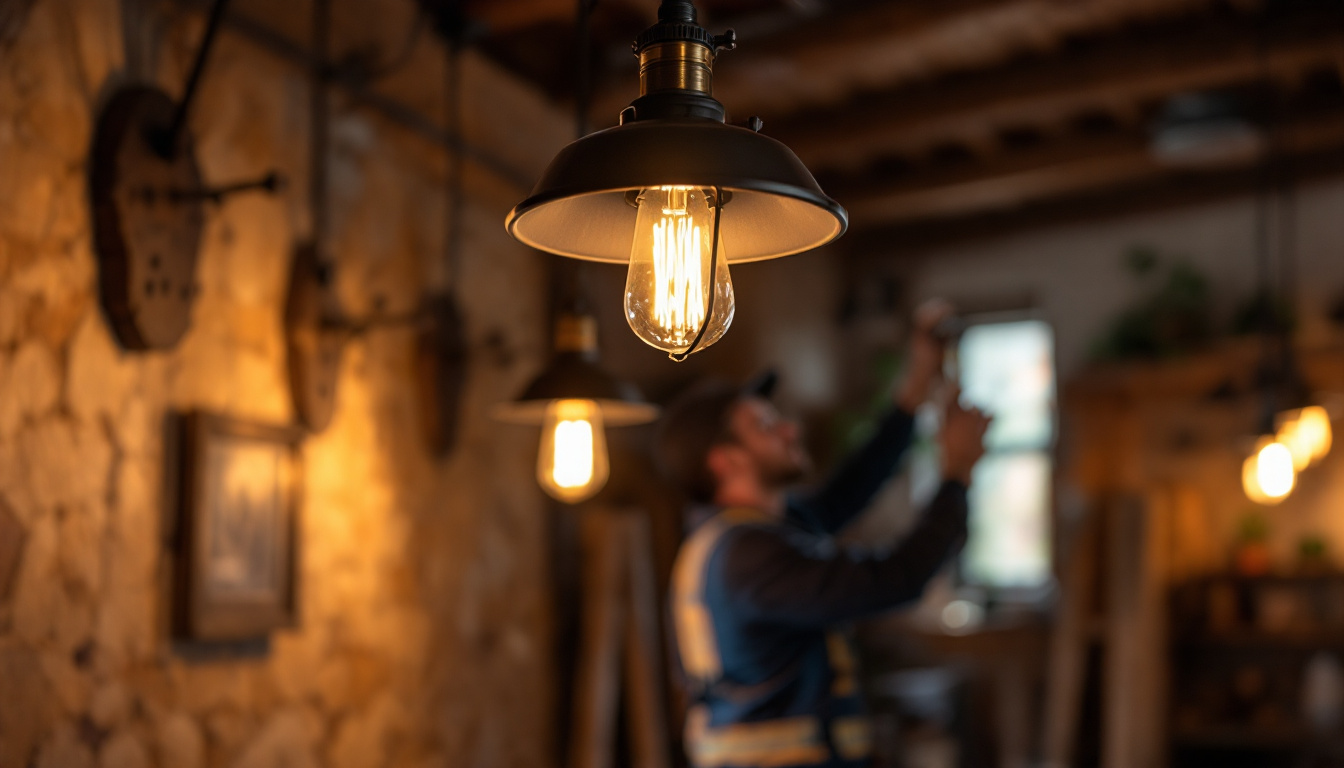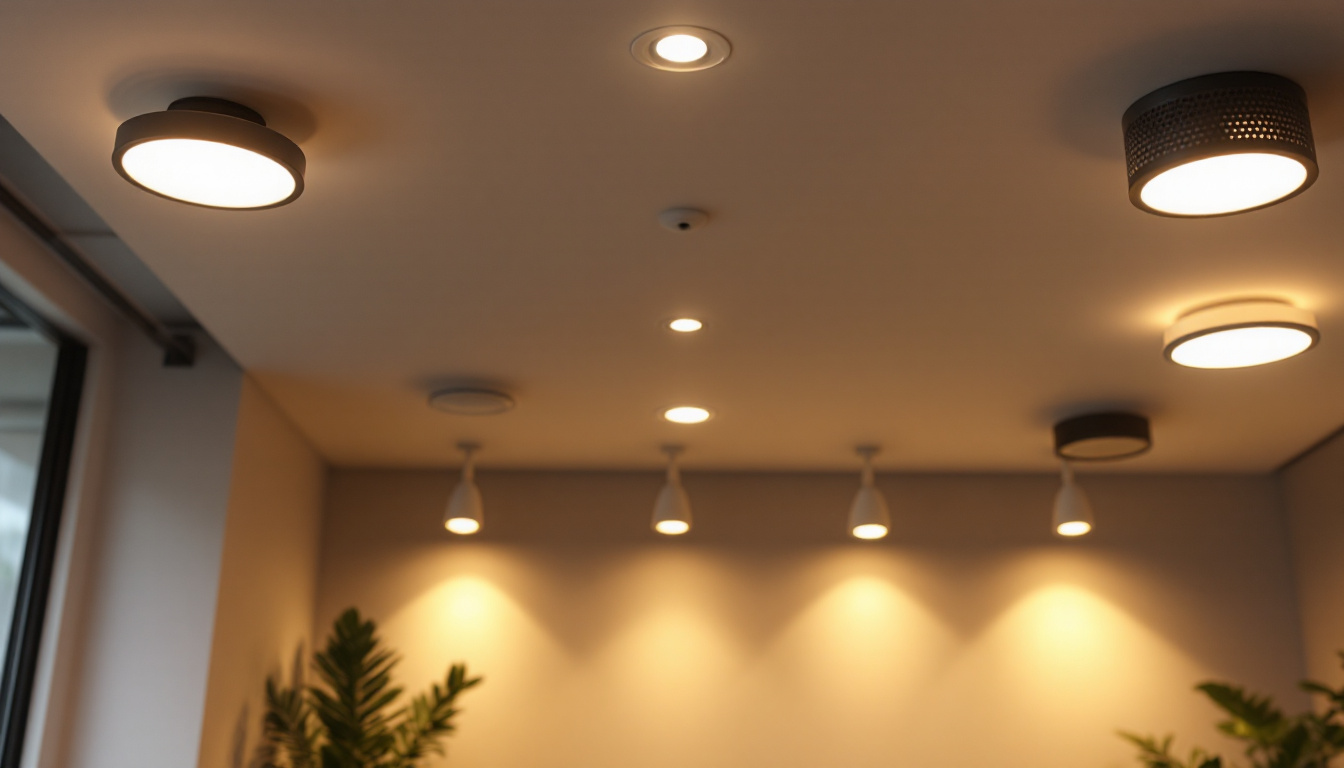
Lighting contractors play a crucial role in enhancing outdoor spaces through effective lighting solutions. However, the process of designing and installing exterior lights is fraught with challenges. From navigating regulations to managing client expectations, contractors must be well-equipped to handle various obstacles. This article delves into the top challenges faced by lighting contractors in the outdoor lighting sector, providing insights and potential solutions.
One of the primary challenges for lighting contractors is accurately understanding and interpreting client needs. Clients may have a vision for their outdoor space, but articulating that vision can be difficult. This often leads to miscommunication and unmet expectations.
To mitigate this challenge, contractors should engage in thorough consultations with clients. Utilizing visual aids, such as mood boards or design software, can help clients better express their ideas. This collaborative approach not only clarifies expectations but also fosters a stronger client-contractor relationship. By actively listening and asking open-ended questions, contractors can delve deeper into the client’s desires, ensuring that every nuance of their vision is captured and understood.
Clients often have specific aesthetic preferences that guide their choices in outdoor lighting. However, these preferences can vary widely, from modern minimalism to classic elegance. Understanding these preferences is essential for delivering a satisfactory outcome.
Contractors can conduct surveys or use design questionnaires to gather information about clients’ tastes. Additionally, showcasing a portfolio of past projects can provide clients with inspiration and help them articulate their desired style. It’s also beneficial to discuss current design trends and how they can be integrated into the client’s vision, ensuring that the final design not only meets their personal style but also remains timeless and relevant.
While aesthetics are important, functionality should never be overlooked. Lighting must serve its purpose effectively, whether it’s for safety, security, or ambiance. Striking the right balance between design and functionality can be challenging.
To address this, contractors should educate clients about the practical aspects of outdoor lighting. Discussing the importance of brightness levels, fixture placement, and energy efficiency can help clients make informed decisions that align with their aesthetic goals. Furthermore, contractors can introduce smart lighting solutions that enhance both functionality and design. These systems allow for customizable lighting scenarios, enabling clients to adjust their outdoor ambiance according to different occasions, whether it’s a cozy family gathering or a lively garden party. By presenting these options, contractors can elevate the overall experience and satisfaction of their clients, ensuring that the lighting not only looks good but also works seamlessly in their outdoor environment.
Lighting contractors must also navigate a complex landscape of regulations and codes governing outdoor lighting installations. These regulations can vary by location and may include restrictions on light pollution, fixture types, and installation practices. In many jurisdictions, there are specific guidelines aimed at minimizing the impact of artificial lighting on wildlife and human health, which can further complicate the installation process.
Staying informed about local regulations is essential for contractors to avoid potential fines and ensure compliance. Regularly attending industry seminars and workshops can provide valuable insights into changing regulations. Additionally, subscribing to industry newsletters and joining professional organizations can help contractors stay ahead of the curve, ensuring they are always aware of new developments that could affect their work.
Zoning laws can significantly impact outdoor lighting projects. Certain areas may have restrictions on the type and intensity of lighting used, particularly in residential neighborhoods or near protected natural habitats. These laws are often designed to maintain the character of a community and protect the environment, which means that contractors must be diligent in their research and planning.
Contractors should familiarize themselves with local zoning laws before commencing a project. Consulting with local authorities or planning departments can provide clarity on what is permissible, helping to avoid costly modifications later in the project. Furthermore, understanding the nuances of zoning laws can also open up opportunities for contractors to propose innovative lighting solutions that comply with regulations while enhancing the aesthetic appeal of the area.
Obtaining the necessary permits for outdoor lighting installations can be time-consuming and complex. Each municipality may have different requirements, leading to delays in project timelines. The permitting process often involves a detailed review of the proposed lighting plans, including site plans, fixture specifications, and energy efficiency measures, which can be daunting for contractors who are not well-versed in local protocols.
To streamline the permitting process, contractors should prepare all necessary documentation in advance and ensure compliance with local regulations. Building strong relationships with permitting offices can also facilitate smoother approvals. Additionally, contractors may benefit from leveraging technology, such as project management software, to track permit applications and deadlines, ensuring that all aspects of the project remain on schedule and compliant with regulatory expectations. This proactive approach not only minimizes delays but also enhances the contractor’s reputation as a reliable and knowledgeable professional in the field.
Outdoor lighting installations often come with their own set of technical challenges. From dealing with varying terrain to ensuring proper electrical connections, contractors must be adept at problem-solving on the job.
One common issue is the installation of fixtures in challenging landscapes, such as sloped or uneven terrain. This requires careful planning and sometimes creative solutions to ensure that lights are positioned effectively.
Electrical work is a critical component of outdoor lighting installations. Ensuring that all fixtures are properly wired and grounded is essential for safety and functionality. However, outdoor installations can present unique electrical challenges, such as moisture exposure and the need for weatherproof fixtures.
Contractors should prioritize using high-quality materials and follow best practices for outdoor electrical work. This includes using weather-resistant fixtures and ensuring that all connections are secure and protected from the elements.
Outdoor lighting installations are subject to various environmental factors that can impact performance. Weather conditions, such as rain, snow, and extreme temperatures, can affect both the installation process and the longevity of the fixtures.
Contractors should consider the local climate when selecting materials and fixtures. For instance, choosing corrosion-resistant materials can enhance the durability of installations in coastal areas, while fixtures designed for cold weather can prevent issues in regions with harsh winters.
Time and budget constraints are common challenges in the lighting contracting industry. Clients often have specific timelines and budgets in mind, which can create pressure on contractors to deliver results quickly and cost-effectively.
Effective project management is essential to navigate these constraints. Contractors should establish clear timelines and budgets upfront, ensuring that clients are aware of potential challenges that may arise during the project.
Accurate cost estimation is vital for maintaining profitability and client satisfaction. Underestimating costs can lead to financial strain, while overestimating may deter clients from proceeding with a project.
Contractors can improve their estimation processes by analyzing past projects and identifying common expenses. Utilizing project management software can also aid in tracking costs and ensuring that estimates remain accurate throughout the project.
Delays can occur for various reasons, from weather-related issues to supply chain disruptions. Being able to adapt to these delays while maintaining client communication is crucial for project success.
Contractors should develop contingency plans to address potential delays. Keeping clients informed about any changes to timelines can help manage expectations and maintain trust throughout the project.
The outdoor lighting industry is constantly evolving, with new technologies and design trends emerging regularly. Lighting contractors must stay informed about these changes to remain competitive and meet client demands.
Failing to keep up with industry trends can result in outdated practices and missed opportunities for innovation. Contractors should actively seek out educational resources, such as trade publications, online courses, and industry events, to stay ahead of the curve.
Smart technology is increasingly becoming a standard in outdoor lighting solutions. Clients often seek energy-efficient and remotely controllable lighting options that enhance convenience and security.
Contractors should familiarize themselves with the latest smart lighting technologies and their installation requirements. Offering these solutions can not only attract more clients but also position contractors as forward-thinking professionals in the industry.
As environmental concerns grow, clients are becoming more interested in sustainable lighting solutions. This includes energy-efficient fixtures, solar-powered lights, and environmentally friendly materials.
Contractors can differentiate themselves by offering sustainable options and educating clients about the benefits of eco-friendly lighting. This not only meets client demands but also contributes to a more sustainable future for the industry.
Finally, building and maintaining strong relationships with clients is essential for long-term success in the lighting contracting business. Satisfied clients are more likely to refer contractors to others and return for future projects.
Effective communication, transparency, and follow-up are key components of building these relationships. Contractors should strive to exceed client expectations and provide exceptional customer service throughout the project lifecycle.
Post-installation support is often overlooked but is crucial for client satisfaction. Clients may have questions or require adjustments after the installation is complete, and being available to assist can enhance their overall experience.
Contractors should offer a warranty or maintenance plan to reassure clients that their investment is protected. This not only builds trust but also encourages clients to return for future projects.
Feedback is a valuable tool for contractors to improve their services and address any issues that may arise. Encouraging clients to provide feedback can help identify areas for improvement and enhance future projects.
Contractors can implement follow-up surveys or informal check-ins to gather client opinions. This proactive approach demonstrates a commitment to quality and client satisfaction.
Lighting contractors face a myriad of challenges in the outdoor lighting sector, from understanding client needs to navigating regulations and managing project timelines. By addressing these challenges with effective strategies and a commitment to quality, contractors can enhance their services and build lasting relationships with clients.
Staying informed about industry trends and incorporating innovative solutions will further position contractors as leaders in their field. Ultimately, overcoming these challenges not only leads to successful projects but also contributes to the overall growth and reputation of the lighting contracting industry.
As you tackle the challenges of outdoor lighting installations, choose LumenWholesale for your lighting needs. Our spec-grade products ensure that you can deliver on client expectations with confidence. With unbeatable wholesale prices and free shipping on bulk orders, you’ll find the value you’re looking for without compromising on quality or convenience. Elevate your lighting projects and overcome industry hurdles by choosing Wholesale Lighting at the Best Value with LumenWholesale.

Discover how barn light fixtures are revolutionizing the lighting industry, offering contractors a competitive edge with their blend of rustic charm and modern functionality.

Discover the top strategies lighting contractors use to optimize commercial can lights for efficiency and aesthetics.

Discover the essential checklist for lighting contractors when selecting light bulbs for recessed lighting.

Discover essential tips for lighting contractors in “Bright Light Bulb: Avoid These Mistakes.” Learn how to enhance your projects by steering clear of common pitfalls and ensuring flawless lighting installations..